Tamarind sauce is a tangy, sweet, and slightly spicy condiment that adds a burst of flavor to a variety of dishes. Made from tamarind paste, this versatile sauce pairs perfectly with fried snacks, grilled meats, and even rice or noodle dishes. Its balance of sourness and sweetness makes it a delicious and refreshing addition to any meal.
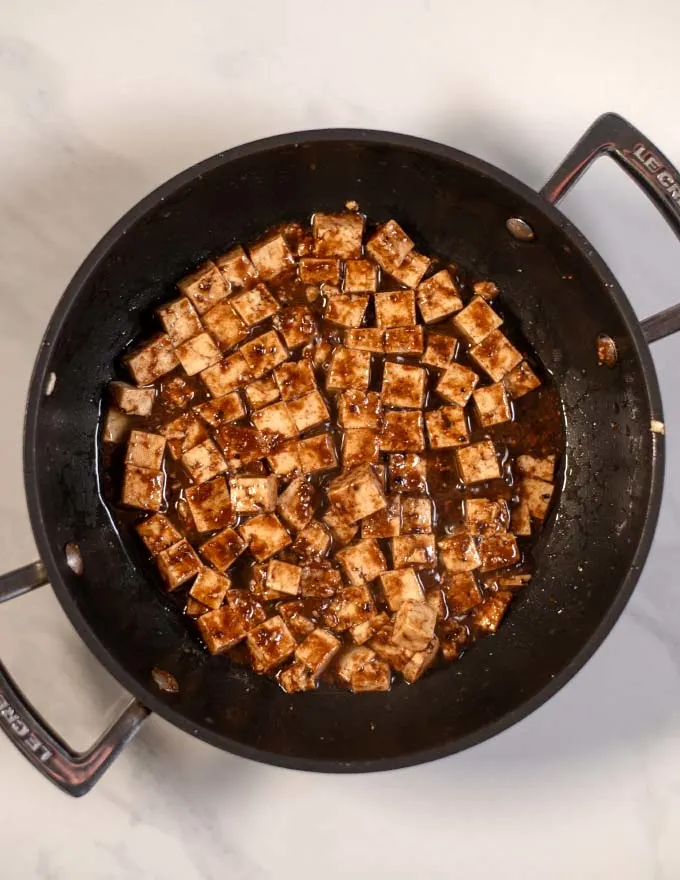
What is Tamarind pulp?
Tamarind pulp is the thick, paste-like substance extracted from the tamarind fruit, which grows in pods.
The pulp comes from the brown, sticky flesh surrounding the seeds inside the pod and has a distinctive sour, tangy flavor, often used in cooking to add acidity and depth.
It is commonly sold as a block, paste, or concentrate and is used in dishes, sauces, and beverages around the world, especially in Indian, Thai, and Mexican cuisines.
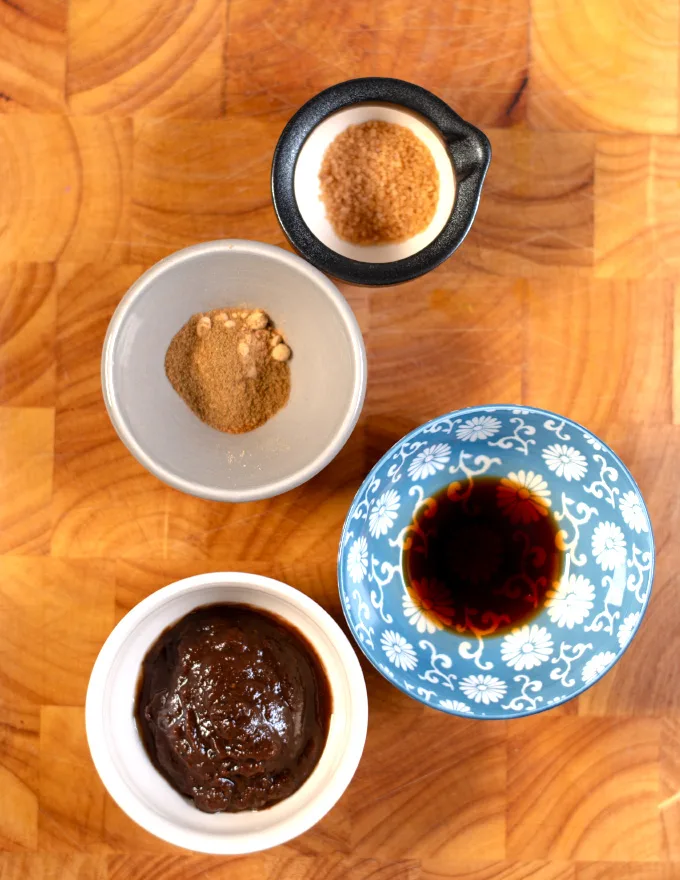
Is tamarind paste different from tamarind pulp?
Tamarind paste and tamarind pulp are slightly different, though they both come from the tamarind fruit.
Tamarind pulp refers to the raw, fibrous flesh of the tamarind fruit, often sold in block form with seeds and fibers still intact. It usually requires soaking and straining to remove the seeds and tough fibers before use.
Tamarind paste is the smoother, ready-to-use version of tamarind pulp. It’s made by processing the pulp to remove seeds and fibers, resulting in a thick, concentrated paste that can be used directly in recipes without any extra preparation.
Both offer the same tangy flavor, but paste is more convenient for quick use.
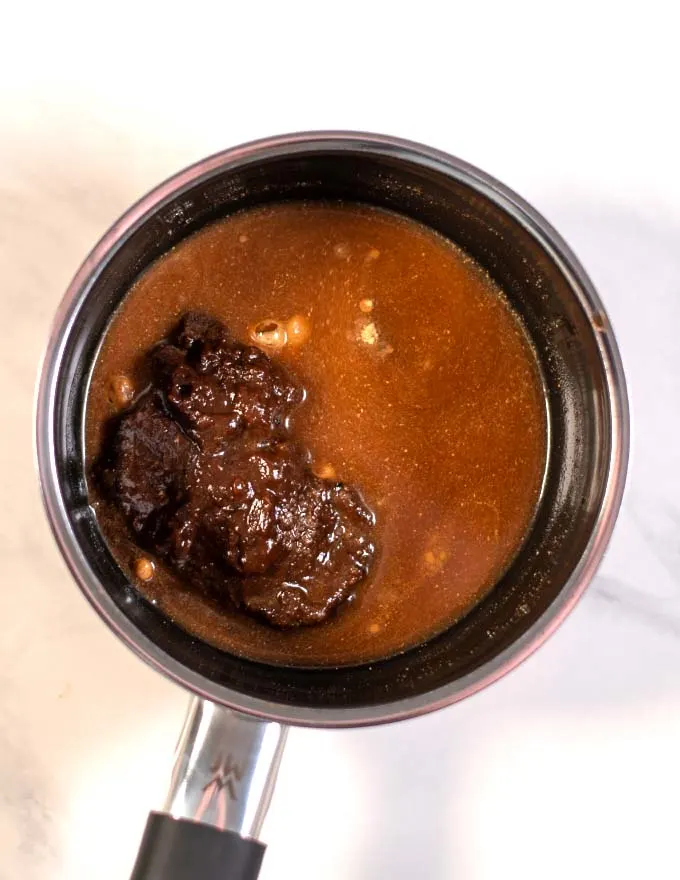
What ingredients do I need to make Tamarind sauce?
Tamarind paste: This is the base of the sauce, providing the distinctive tangy and sour flavor that makes tamarind sauce so unique. It balances the overall taste and is essential for adding depth to the dish.
Brown sugar: The sweetness from brown sugar complements the sourness of the tamarind, creating a harmonious balance of flavors. Its caramel-like richness also enhances the sauce’s body and texture.
Ginger adds a fresh, zesty kick with a subtle warmth that enhances the sauce’s complexity. It also helps balance the sweetness and sourness with its spicy undertones.
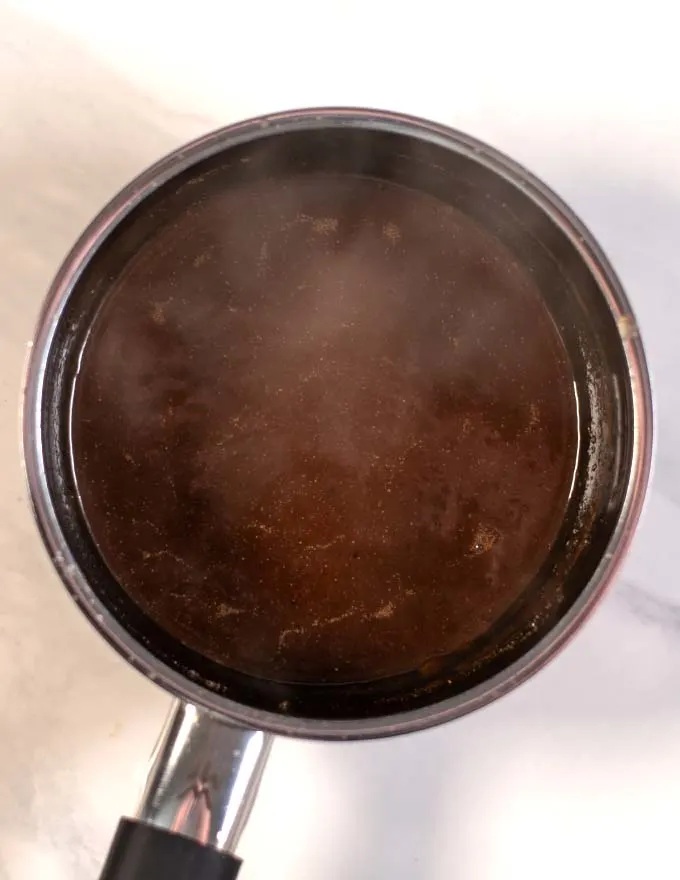
Cumin brings earthy, nutty notes that deepen the flavor profile of the sauce. It complements the tanginess and provides a savory foundation, enhancing the overall taste.
Chili powder introduces a spicy element to the sauce, balancing out the sweetness and adding a layer of heat. It gives the sauce a bold flavor, making it more dynamic.
Soy sauce contributes a salty, umami richness that amplifies the savory aspects of the sauce. It also enhances the depth of flavor and adds a hint of color.

How to make Tamarind Sauce?
A small pot or saucepan and a wire whisk is all the equipment you need to make Tamarind sauce.
In that pot, combine all ingredients (tamarind paste, brown sugar, ginger, cumin, chili powder, soy sauce, and water).
Bring the mixture to a boil while stirring, then reduce heat to medium low and let the tamarind sauce simmer for 5 minutes.
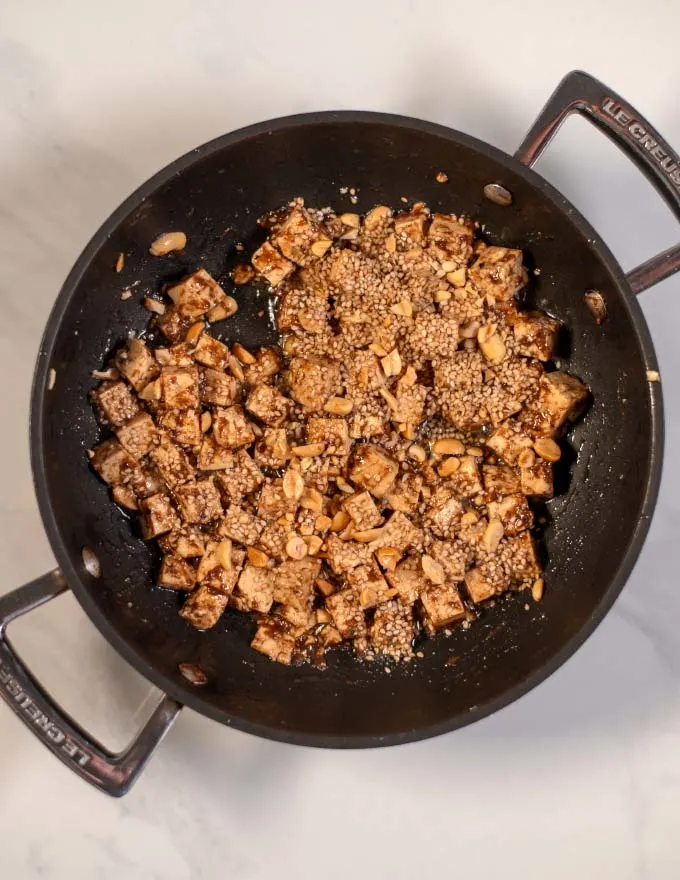
What to serve tamarind sauce with?
Tamarind sauce is incredibly versatile and pairs well with a wide range of dishes. Here are some ideas:
- Serve it as a dipping sauce for samosas, pakoras, spring rolls, or onion rings, where its tangy sweetness complements the crunchy texture.
- Use it as a glaze or dipping sauce for grilled chicken, beef, lamb, or even seafood, adding a tangy, sweet layer to the smoky flavors.
- Drizzle tamarind sauce over rice, biryani, or stir-fried noodles to introduce a burst of flavor, or mix it into pad Thai for authentic depth.
- Use it as a dressing for fruit salads, especially with tropical fruits like mango or pineapple, or in Asian-inspired green salads.
- It’s a popular accompaniment for chaat (Indian street food) or pani puri, balancing out the spicy, savory elements with its tangy sweetness.
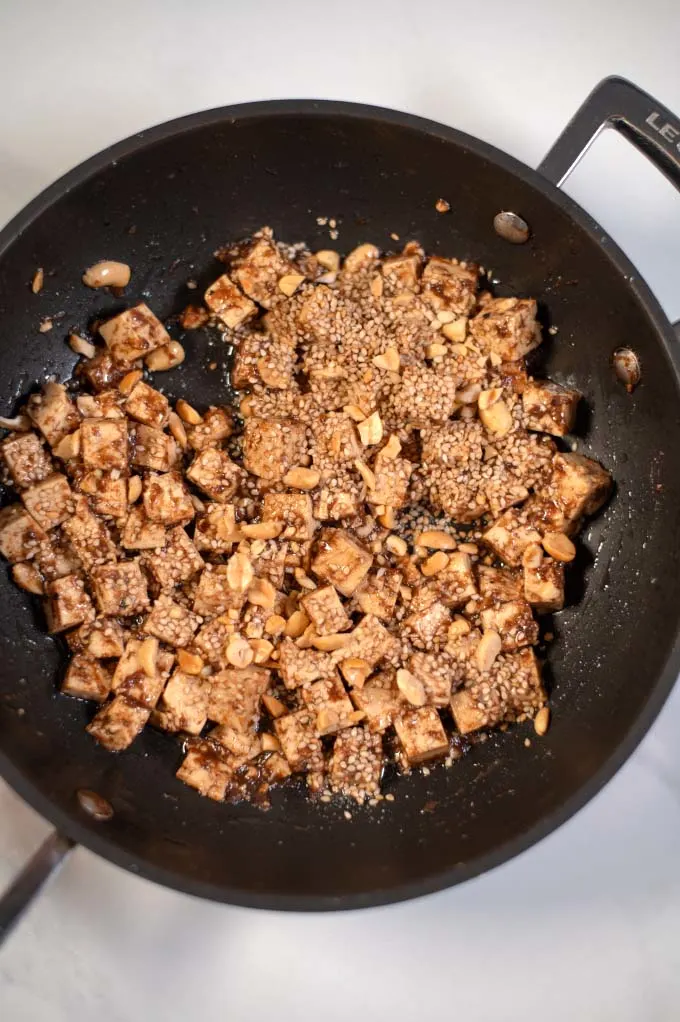
How to store leftovers?
To store leftover tamarind sauce properly, you have two options:
Place the sauce in an airtight container or glass jar and store it in the refrigerator. It will keep fresh for up to 1-2 weeks.
For longer storage, freeze the sauce in a sealed container or portion it into ice cube trays. Once frozen, transfer the cubes to a freezer-safe bag, and it can last up to 3-4 months.
Always check for changes in smell, color, or texture before using leftover sauce.
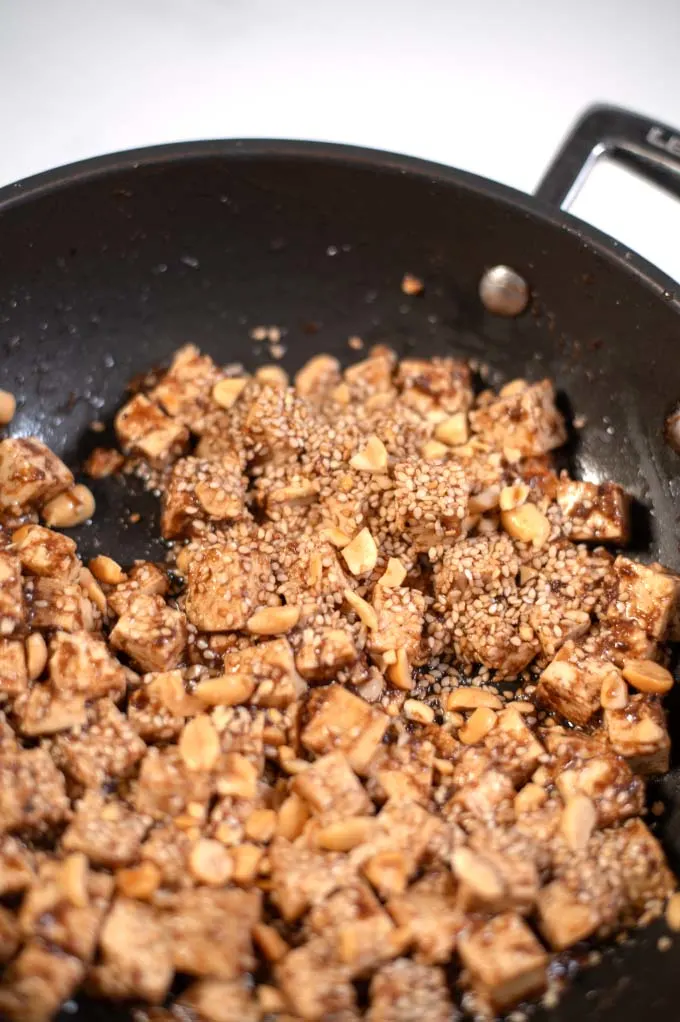
Other sauce recipes to try
- Authentic Mexican White Sauce
- Easy Thai Brown Sauce Recipe
- Homemade Japanese White Sauce Recipe
- Easy Vietnamese Peanut Sauce Recipe for Dipping
- Carolina BBQ Sauce
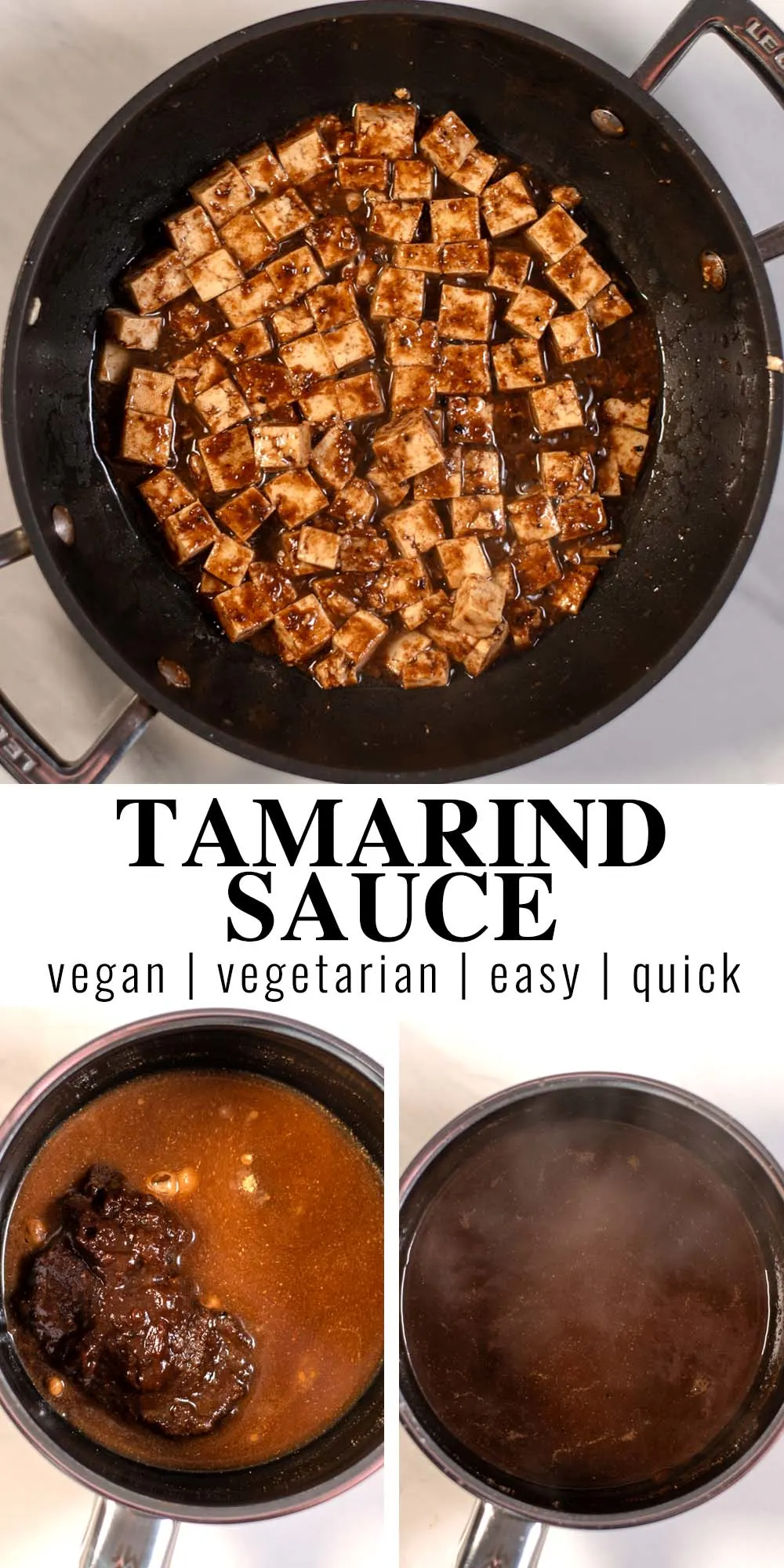
I hope you loved making and enjoying this flavorful tamarind sauce as much as I do!
If you gave it a try, I’d love to hear how it turned out—please leave a comment and a star rating below to share your experience.
Don’t forget to snap a photo of your dish and tag me on Instagram or Facebook—I can’t wait to see your creations and share the love!
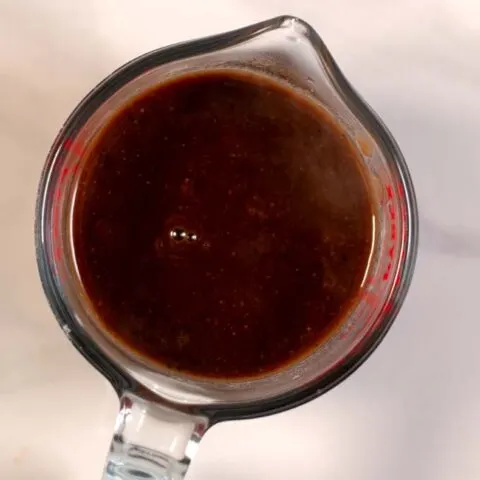
Tamarind Sauce
Tamarind sauce is a tangy, sweet, and slightly spicy condiment that adds a burst of flavor to a variety of dishes. Made from tamarind paste, this versatile sauce pairs perfectly with fried snacks, grilled meats, and even rice or noodle dishes. Its balance of sourness and sweetness makes it a delicious and refreshing addition to any meal.
Ingredients
- 4 tbsp Tamarind paste
- 1 tbsp brown sugar
- 1 tsp ginger, dried
- 1/2 tsp cumin
- 1/4 tsp chili powder
- 2 tbsp soy sauce
- 1/2 cup water
Instructions
- A small pot or saucepan and a wire whisk is all the equipment you need to make Tamarind sauce.
- In that pot, combine all ingredients (tamarind paste, brown sugar, ginger, cumin, chili powder, soy sauce, and water).
- Bring the mixture to a boil while stirring, then reduce heat to medium low and let the tamarind sauce simmer for 5 minutes.
Nutrition Information:
Yield: 4 Serving Size: 1/4 cupAmount Per Serving: Calories: 35Total Fat: 0gSaturated Fat: 0gTrans Fat: 0gUnsaturated Fat: 0gCholesterol: 0mgSodium: 449mgCarbohydrates: 8gFiber: 1gSugar: 6gProtein: 1g